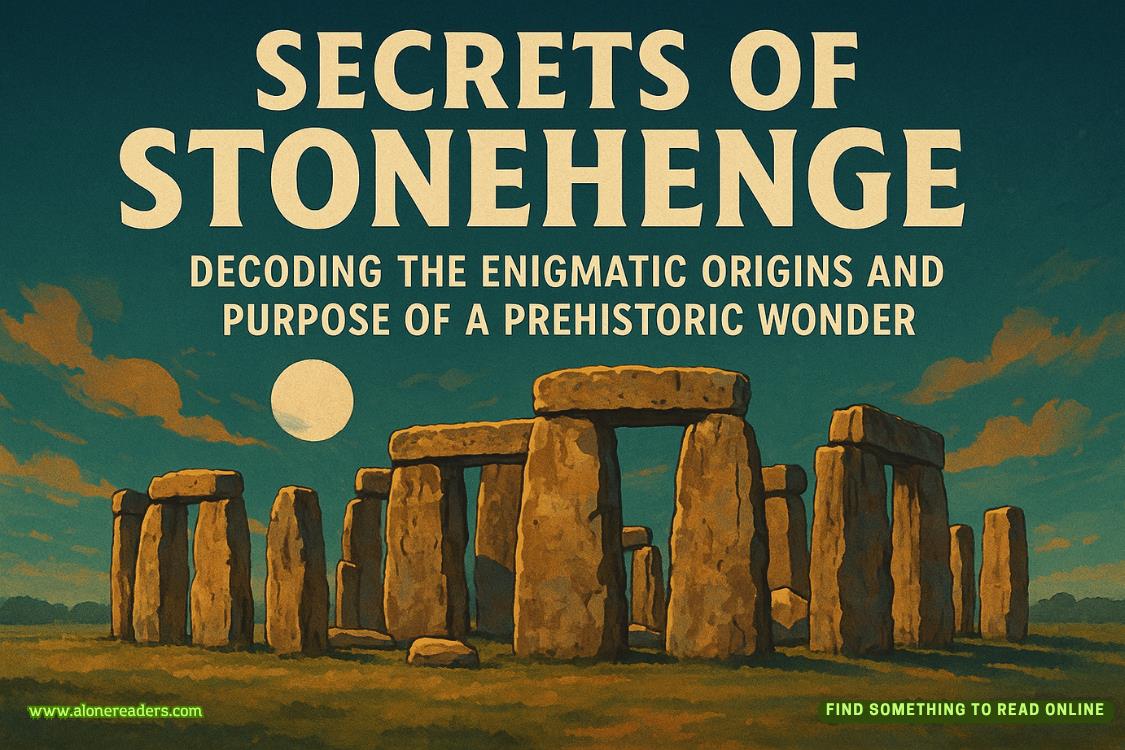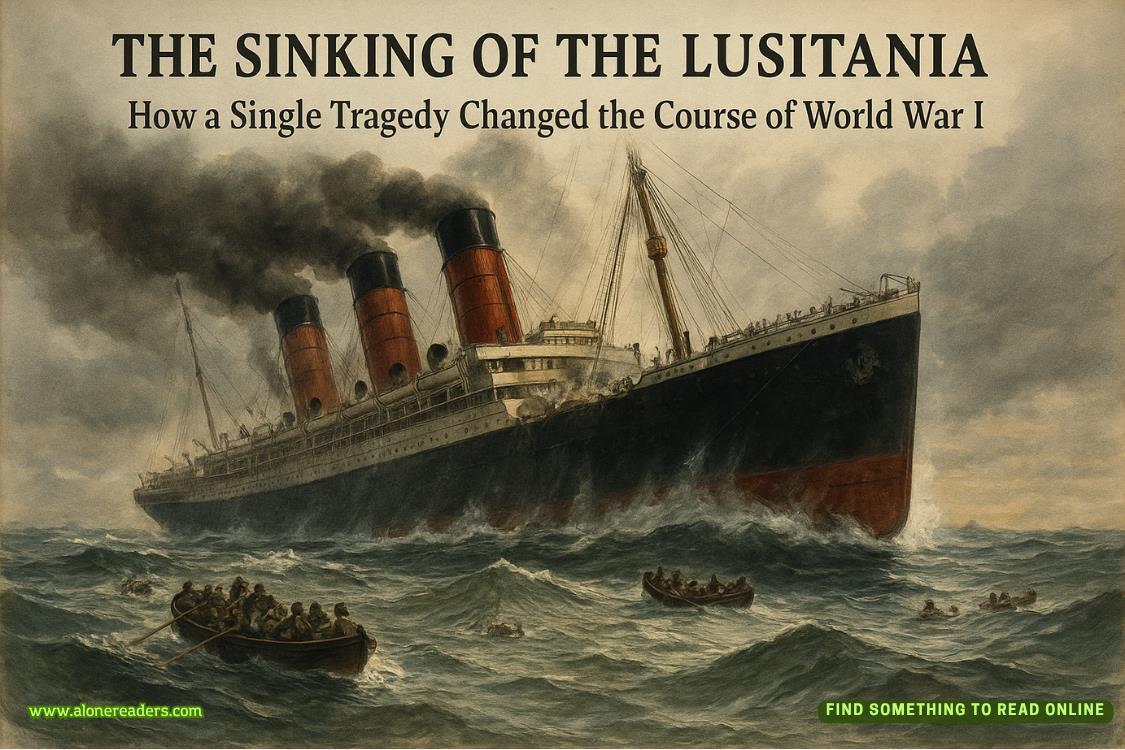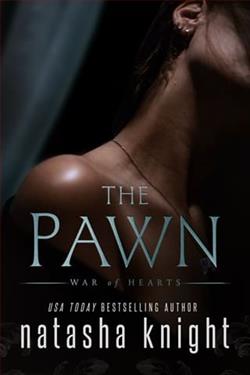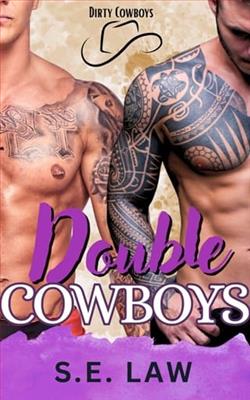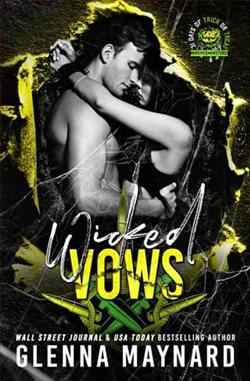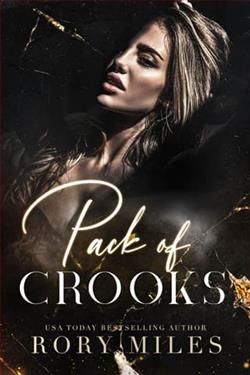Page 33 of Once Silenced
“Careful where you step,” Putnam cautioned, his voice flat and practical as always.
Riley nodded, her gaze fixed on the chair.It was an ordinary piece of furniture, but its presence here indicated anything but.She could almost feel the echo of violence in this place, even though she was sure the murder must have been carried out quietly, since it had attracted no immediate attention.
She wanted to understand, to slip inside the mind that made such displays of his victims.But the scene was cluttered with the evidence of police work—markers, tags, and the latent energy of the officers who had scoured the space for answers.And besides, with Agent Putnam following her every move, Riley didn’t feel any insights nudging at her mind.As much as she wanted to forge a connection, to leap into contact with the murderer’s psyche, that wasn’t going to happen right now.
“This was the scene found by the local police,” Putnam said as he opened a file folder and handed over a set of glossy photographs.In each image, the central figure—the victim—was seated unnervingly upright in the chair, head lolled to one side.The pose was identical to the two previous victims—and like the others, a sheet of paper was pinned to his back.
“The man who lives here found Nash just like this,” Putnam told her.
Although the victim’s pose was simple, Riley found the images disturbing.There was something ritualistic in the consistent arrangement.She traced a finger over the sheet of paper pinned to the man’s back in the photograph, a message, but also a signature left by the killer.
“What was the cause of death?”Ann Marie asked.
“Strangulation, just like the others,” Putnam said.
“Margaret Whitfield...Garrett Fenn...”she murmured, half to herself.“And now this one.”
“Exactly,” Putnam confirmed, watching her closely.“It’s definitely a pattern.And it implies more to come.”
Riley’s pulse quickened at the thought, her skin prickling with apprehension.This was a puzzle, a challenge laid out by someone who craved recognition, who wanted their macabre intellect acknowledged.She had to decipher it before another life was reduced to a mere prop in this sinister performance.
“I’d like to keep this set of photos,” she told Putnam.Although he seemed to hesitate briefly, he didn’t argue.Riley handed the file to Ann Marie and then walked gingerly around the perimeter of the space.
“Robert Nash,” Putnam began in a businesslike tone, “was a respected math professor at Hindemith College.Retired.I’m told he wasn’t just an academic, but someone who really enjoyed the pursuit of knowledge.”His eyes flicked to the empty chair.“He lived in the house next door.”
Riley glanced out of the garage toward the home just visible through the line of tall oaks.
Of course,she understood,that’s why that house was taped off too.
She wondered how the residents of other handsome houses on this street were taking the activity and the news today.It was a quiet neighborhood, one that projected comfort and routine, not the cloak-and-dagger drama of murder.
“The garage belongs to Cliff Baird,” Putnam continued, and Riley turned back to listen to him.“He and his wife live at this address.Baird is a local high school math teacher.A former student of Nash’s.”
“Student and mentor,” Riley mused aloud, piecing together the human connections behind the stark facts.
“Last night,” Putnam continued, “Nash was grading papers for Baird.He left his home to deliver them, and...well, he never made it.Louella, his wife, assumed the two friends had gotten caught up in a long conversation, but late in the night she got worried and called Baird.He told her Nash never arrived with the papers.”
“Which means Nash was intercepted between there and here,” Riley observed, her voice low.There was something profoundly unsettling about the simplicity of the report—a neighborly favor turning into horror.
She thought of Louella Nash, waiting for her husband to return, the slow creep of dread as the clock ticked on without him.The suburban neighborhood suddenly seemed more sinister, with a threat like that lurking behind neat hedges and closed doors.
“From his home to here...it’s a short walk,” Riley muttered, her eyes tracing the likely path Nash would have taken.She visualized the professor stepping through the night, papers in hand, unsuspecting.“He probably would have cut across the lawns, not easily seen from anywhere else.He was vulnerable.Easy prey for someone lying in wait.”
Putnam nodded, his face an unreadable mask.“The wife and Baird ran around looking for him.Baird found him just sitting there...like he was taking a breather.”
“Except he wasn’t breathing at all,” Riley said, her words clipped.The killer had not only slain Nash but staged him, an eerie echo of previous victims.Riley could almost feel the killer’s satisfaction, the twisted sense of accomplishment.
“Exactly,” Putnam’s agreement was cold comfort to Riley.“The killer wanted him to be found like this.Wanted us to see the consistency.”
Ann Marie, her youthful face grave, asked to see the quiz sheet from the crime scene photos.Putnam pulled out his phone, swiped, and handed it to her.Riley leaned over Ann Marie’s shoulder as they scrutinized the image— neat figures of mathematical problems.
“Has anyone worked these out these problems?”Riley asked.
“One of the local cops,” Putnam replied, tapping on his phone.“Came up with a decimal number for just one of the answers: 37.12.”
“Latitude,” Ann Marie murmured, her eyes widening.“It has to be.”
Riley felt a surge of adrenaline.A geographic coordinate was a clue, but it was only half of the puzzle.Without the longitude, they didn’t have enough to go on.




